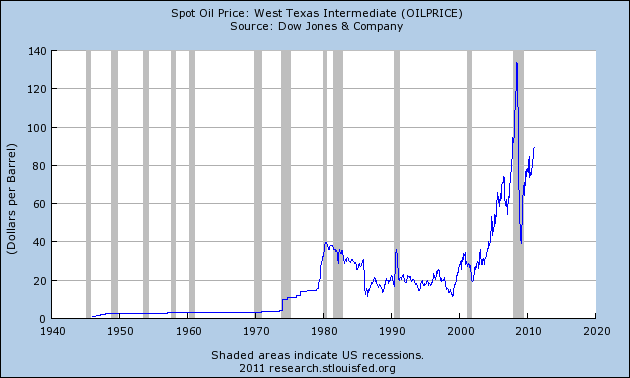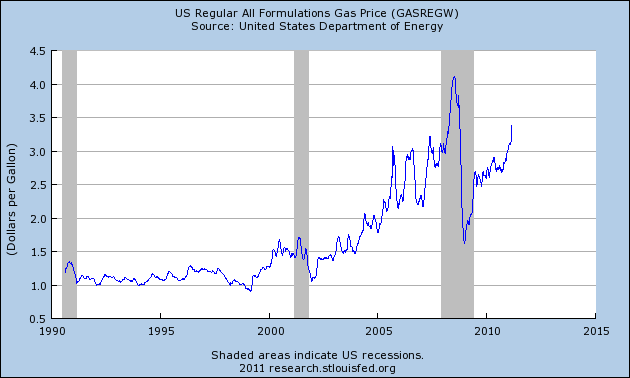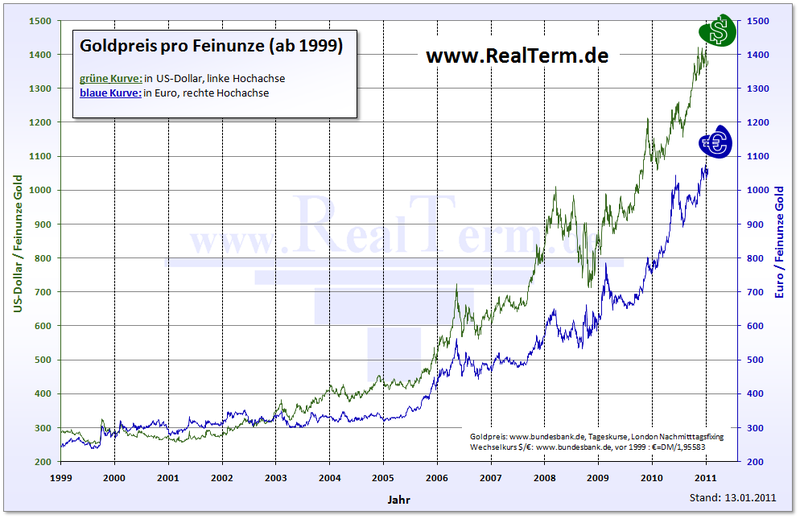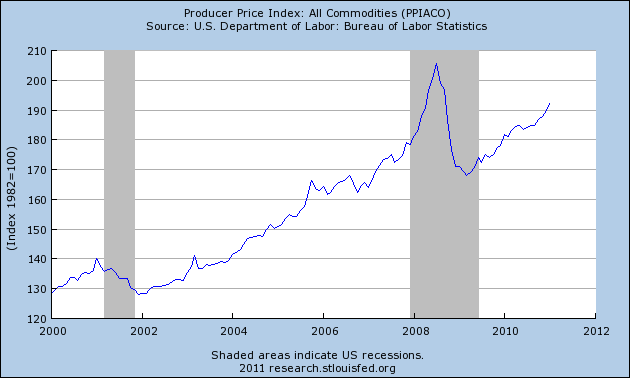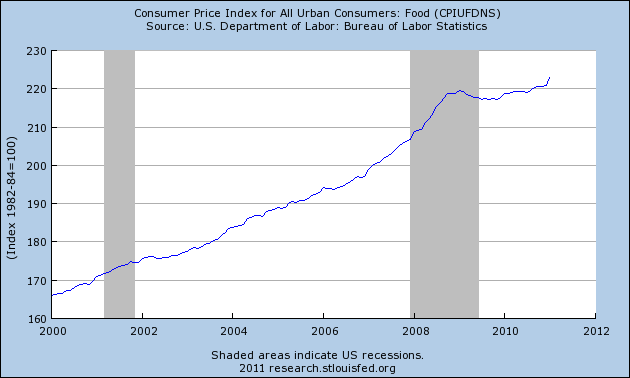 For years, some of the brightest minds in the precious metals industry warned that the price of gold and the price of silver would both rise dramatically once the global economy inevitably collapsed, and it turns out that they were right on target. What we have been witnessing over the last several weeks has been nothing short of stunning, and many experts believe that this is just the beginning. But I was actually going to write about something completely different today. A major skirmish between Israel and Hezbollah along the Lebanese border put the entire region on edge for a few hours, but things appear to have cooled off for the moment. So it doesn’t look like a huge regional war in the Middle East will start today, but as I discuss in my brand new book, it is just a matter of time before a massive conflict does erupt and I will be watching developments very closely.
For years, some of the brightest minds in the precious metals industry warned that the price of gold and the price of silver would both rise dramatically once the global economy inevitably collapsed, and it turns out that they were right on target. What we have been witnessing over the last several weeks has been nothing short of stunning, and many experts believe that this is just the beginning. But I was actually going to write about something completely different today. A major skirmish between Israel and Hezbollah along the Lebanese border put the entire region on edge for a few hours, but things appear to have cooled off for the moment. So it doesn’t look like a huge regional war in the Middle East will start today, but as I discuss in my brand new book, it is just a matter of time before a massive conflict does erupt and I will be watching developments very closely.
There are so many elements of “the perfect storm” that is now upon us, and global events are happening so fast that it is hard to keep up with them all. But one thing that you can pretty much count on is that almost every piece of bad news is going to be good news for the price of gold and for the price of silver.
All over the world, national governments have responded to the COVID-19 pandemic by recklessly spending money, and central banks have responded by engaging in a money creation spree that is unlike anything we have ever seen before.
As currencies all over the globe are being devalued at a staggering rate, it was inevitable that we would see gold and silver rise, and that is exactly what we have witnessed. In fact, on Monday the price of gold set a brand new record high…
Gold touched record prices as worries over issues such as the coronavirus pandemic as well as U.S.-China tensions weighed on investor sentiment.
Spot gold traded up 1.9% at about $1,938.11 per ounce after earlier trading as high as $1,943.9275 per ounce. Those levels eclipsed the previous record high price set in September 2011.
On a percentage basis, the price of silver is actually moving even faster than the price of gold, and on Monday we witnessed a move which surprised just about everyone…
At the close of trading today, the silver price surged by nearly $2. According to Kitco.com, silver closed at $24.72, up $1.91 for the day. I can’t remember the last time silver jumped nearly $2 in one day. Of course, last Tuesday and Wednesday were big days for silver, but not $2.
What is interesting about the last few minutes of trading, silver closed right at the highs. So, it’s going to be interesting to see what happens in early Asian trading if silver BREAKS above its new short-term resistance level.
As I write this article, the price of silver has now risen above 26 dollars an ounce, and overall it is up more than 90 percent since the middle of March…
Since mid-March, the price of silver is up more than 90%, making it one of the top-performing asset classes since the bear market low earlier this year. It’s also up more than 22% just during the month of July alone.
The rapid decline in the dollar, negative real yields, ballooning deficits and additional government stimulus likely on the way are all fueling the current precious metals rally. All of these factors support a further rally in commodities, but it’s also becoming one of the more crowded trades in the financial markets.
Meanwhile, the U.S. economy continues to deteriorate. For a while, many in the mainstream media were touting the possibility of a “V-shaped recovery”, but now they are openly admitting that this is not going to happen. For example, the following comes from a CBS News story that was just posted…
The economic recovery that began in May is sputtering. Recent data show Americans cutting their spending and many businesses re-closing their doors as the number of COVID-19 cases in the U.S. crosses 4 million, raising concerns about another slowdown in growth.
“The foundations to this recovery are cracking under the weight of a mismanaged health crisis,” Gregory Daco, chief U.S. economist at Oxford Economics, told investors in a report.
What this means is that even more businesses are going to fail and even more workers are going to get laid off.
In fact, MGM Resorts and other large casino operators in the Las Vegas area just sent out legal notices indicating that mass firings are coming…
Shares of MGM Resorts were falling over 6% in afternoon trading Monday after Las Vegas casinos notified their staff that if they weren’t recalled from furlough by August 31, they would subsequently be fired.
Major employers are required under the federal Worker Adjustment and Retraining Notification Act (WARN Act) to notify their workers when there are expected to be mass firings. MGM Resorts, Wynn Resorts, Tropicana and other casino operators sent out such notifications.
It is being reported that a “large majority” of MGM employees in the entertainment and sports division will lose their positions, and considering the fact that Las Vegas already has one of the highest unemployment rates in the entire nation it will certainly not be easy for them to find new jobs.
Elsewhere, United Airlines has announced that it may have to lay off as many as 36,000 workers. That represents almost half of the U.S. workforce for the airline, and other major airlines are expected to make similar cuts.
Without jobs, a lot of unemployed workers are simply not going to be able to pay their bills, and CNBC is telling us that the U.S. may soon be facing “an unprecedented eviction crisis”…
An unprecedented eviction crisis will soon hit the U.S.
On Friday, the federal moratorium on evictions in properties with federally backed mortgages and for tenants who receive government-assisted housing expired. The Urban Institute estimated that provision covered nearly 30% of the country’s rental units.
Many states had instituted their own eviction moratoriums, but most of those are expiring as well.
Unless new moratoriums are established, millions of Americans will soon be facing eviction, and according to one estimate a grand total of 40 million Americans could potentially be evicted over the course of this entire pandemic…
The proceedings have resumed in more than 30 states.The moratorium in Hawaii and Illinois end this week, and in August, evictions will pick up in New York and Nevada.
By one estimate, some 40 million Americans could be evicted during the public health crisis.
Just think about that.
What is this country going to look like if 40 million people are thrown out into the street?
As I have always warned, this economic downturn is going to make the last recession look like a Sunday picnic. The economic suffering is going to be off the charts, and at this point there isn’t too much that can be done to stop it.
Yes, Congress will pass more “stimulus bills” and the Federal Reserve will continue to create money at a staggering pace.
Those measures will only provide temporary relief for the real economy, but they will also be music to the ears of every gold and silver investor.
Things have gotten crazy, and they are only going to get crazier. Hold on tight, because the rest of 2020 is definitely going to be quite “interesting”.
About the Author: I am a voice crying out for change in a society that generally seems content to stay asleep. My name is Michael Snyder and I am the publisher of The Economic Collapse Blog, End Of The American Dream and The Most Important News, and the articles that I publish on those sites are republished on dozens of other prominent websites all over the globe. I have written four books that are available on Amazon.com including The Beginning Of The End, Get Prepared Now, and Living A Life That Really Matters. (#CommissionsEarned) By purchasing those books you help to support my work. I always freely and happily allow others to republish my articles on their own websites, but due to government regulations I need those that republish my articles to include this “About the Author” section with each article. In order to comply with those government regulations, I need to tell you that the controversial opinions in this article are mine alone and do not necessarily reflect the views of the websites where my work is republished. The material contained in this article is for general information purposes only, and readers should consult licensed professionals before making any legal, business, financial or health decisions. Those responding to this article by making comments are solely responsible for their viewpoints, and those viewpoints do not necessarily represent the viewpoints of Michael Snyder or the operators of the websites where my work is republished. I encourage you to follow me on social media on Facebook and Twitter, and any way that you can share these articles with others is a great help. During these very challenging times, people will need hope more than ever before, and it is our goal to share the gospel of Jesus Christ with as many people as we possibly can.







